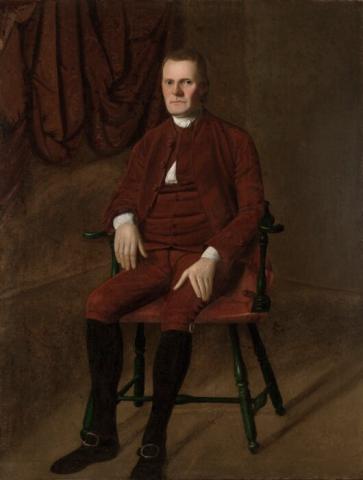
Amendment Ten to the Constitution was ratified on December 15, 1791. It makes clear that any powers that are not specifically given to the federal government, nor withheld from the states, are reserved to those respective states, or to the people at large. The original text is written as such:
“The powers not delegated to the United States by the Constitution, nor prohibited by it to the States, are reserved to the States respectively, or to the people.”
Similar to the Ninth Amendment, the Tenth originated from the debates surrounding the inclusion of a bill of rights to the new Constitution. Some argued that the Constitution was designed to make the new federal government limited in its scope, so that it would hypothetically be incapable of any infringements on the peoples’ liberties. This would render a bill of rights effectively unnecessary, and from the perspective of certain framers – including Alexander Hamilton – would make the implication that if a series of rights are plainly listed, then the federal government has powers to react to them, for better or worse. Many of the states ratified the Constitution with the impression that a bill of rights would quickly be added to it after the fact, as they were largely unconvinced by Federalist arguments. When the Bill of Rights was added to the Constitution in 1791, the combined Ninth and Tenth Amendments specified that inferences about the peoples’ rights in the former, and the powers of the federal government in the latter, were prohibited. The Tenth Amendment has further been interpreted as a clarification of the federal government being largely limited and enumerated, and that a government decision is not to be investigated as a potential infringement of civil liberties, but rather as an overreach of its power and authority.
Several Supreme Court decisions have invoked the Tenth Amendments, frequently when trying to determine if the federal government operated within, or overstepped, the bounds of its authority. 1958’s Cooper v. Aaron, for instance, determined that Arkansas was not allowed to delay the desegregation of schools, as it ran against the previous Brown v. Board of Education of Topeka, which determined that racial segregation in public schools violated the Constitution. Meanwhile, 1995’s United States v. Alfonso D. Lopez, Jr. determined that federal laws that established “gun-free zones” on public school campuses were unconstitutional, as there was no segment of the Constitution that authorized it. As such, the ruling limited the federal government’s authority to enact policies through the Commerce Clause. The Tenth Amendment, the capstone of the Bill of Rights, was drafted out of the tumultuous process of ratifying the Constitution. Its protections have been used to both expand and contract the authority of the federal government, and has been part of the core debate between federal and state power in the centuries since its ratification.